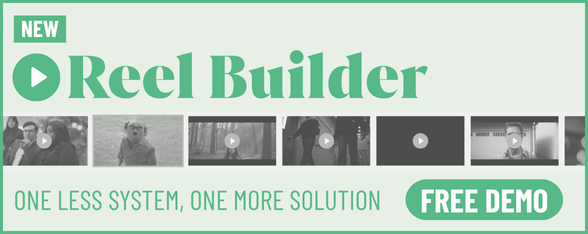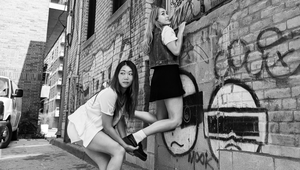
My Biggest Lesson: Dave Watson

With over 20 years of professional design experience, and a truly diverse portfolio consisting of work with clients like Budweiser, MINI, TELUS, Koodo, Boston Pizza and Nike, Dave Watson is Broken Heart Love Affair’s new head of design.
Previously at Mosaic where he led one of the largest design teams in North America as executive creative director of design, throughout his career, Dave’s work has been recognised more than 200 times by both national and international award shows. Before Mosaic, Dave spent 15 years of his professional journey at TAXI, helping it become named Strategy Magazine’s ‘Agency of the Decade’.
Design is a good idea.
The best piece of advice I received in my career wasn’t technically even advice. It was more of a backhanded compliment. However, it was a turning point for me in my career, and a driving force behind my approach to design for the next twenty years.
Picture this: it’s the fall of 2000, and I have just started as a designer at TAXI in Toronto. During that period, the agency was starting to create a real name for itself within the industry. It was independent, nimble, and hyper-focused on being the best agency in the country. It was a very exciting place for a young designer to be.
At the time, one of the things that made TAXI different from other agencies was the adoption of the three-person creative team. When a big brief came down and the creative director wanted a ‘holistic approach’ to the problem, they would often create a team consisting of an art director, a writer and a designer. While that idea sounds standard today, at that time it was very progressive.
During a jam session with one of the creative teams, the copywriter turned to me and said ‘OK, so we will take care of the ideas and then you can help make them look pretty because that’s what designers are so good at’.
Wait… what?
Is that all they think we offer? That designers are ‘talented artists’ but can’t contribute to cracking the big idea?
The conversation both infuriated and inspired me. I became obsessed with showing everyone in the building that designers could use their brains. That we had ideas. Ideas that often came from a different place because we thought in different ways.
In that specific instance, it worked. But, I would be lying to you if I told you it was easy to change this perception on a larger scale. Some got it, others didn’t. Regardless, that mindset has really defined how I approach design throughout my career.
Start with a strong idea that is sticky, and then figure out how to bring it to life in a visual way that will turn heads. It can (and should) be as simple as that. And, until the robots can come up with emotive solutions that connect people to brands, I will keep doing it that way.















